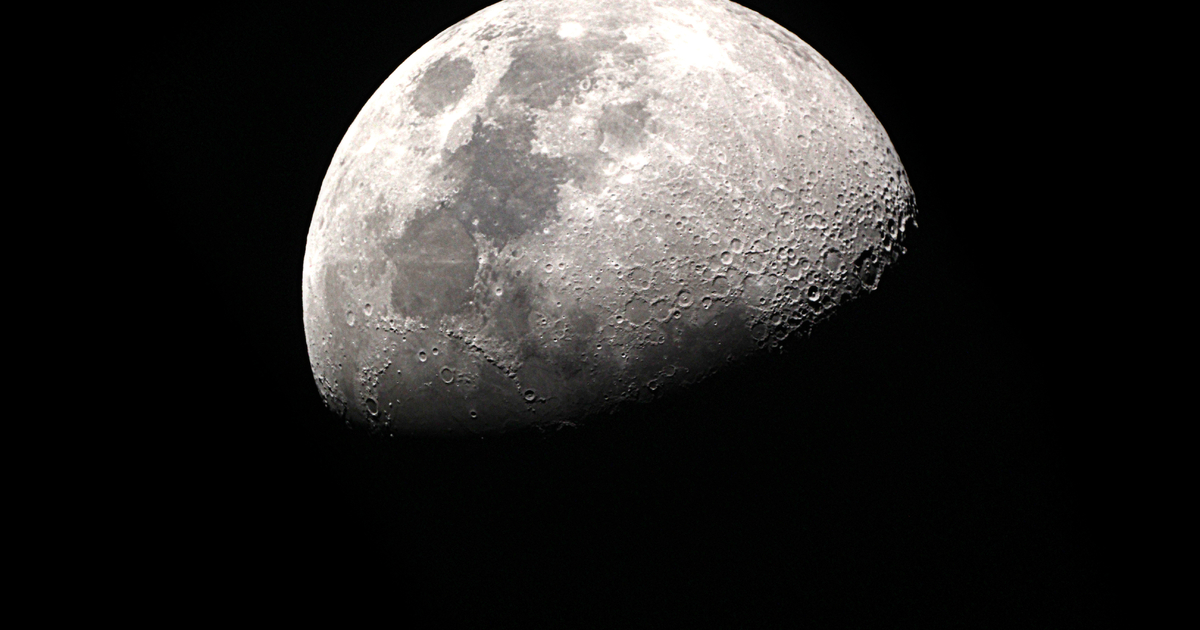Samples taken in 1972 by the Appolo 17 mission allow us to learn more about the formation of the Moon and its precise age. More than fifty years ago, the mission of American astronauts Harrison Schmitt and Eugene Cernan brought back approximately 110.4 kg of soil and rock samples from the Earth’s satellite. It was the last time man walked on the Moon.
Zircon crystals inside a rock fragment allowed scientists to better understand its genesis. And the first lesson: the Moon is around 40 million years older than previously thought. It was formed more than 4.46 billion years ago, or 110 million years after the birth of the solar system, according to scientific analyses. The method used to confirm the age of the oldest known solids is called atom probe tomography. It did not yet exist at the time of the samples.
At the origin of life on Earth
“The most popular hypothesis for the formation of the Moon is that, during the chaotic early history of the solar system, a Mars-sized object called Theia collided with the primordial Earth. This object threw magma – molten rock – into space, forming a disk of debris that orbited the Earth and coalesced to form the moon. But it is difficult to determine precisely when the moon formed“, indicates Reuters.
“The giant impact that formed the moon was a cataclysmic event for Earth and changed its rotation speed. Subsequently, the moon had the effect of stabilizing the axis of rotation of the Earth and slowing down the speed of rotation of the Earth” said Philipp Heck, senior director of research at the Field Museum in Chicago, professor at the University of Chicago and lead author of the study published by the scientific journal Geochemical Perspectives Letters. . “The date of the moon’s formation is important, because only after that did Earth become a habitable planet“, he explains.
